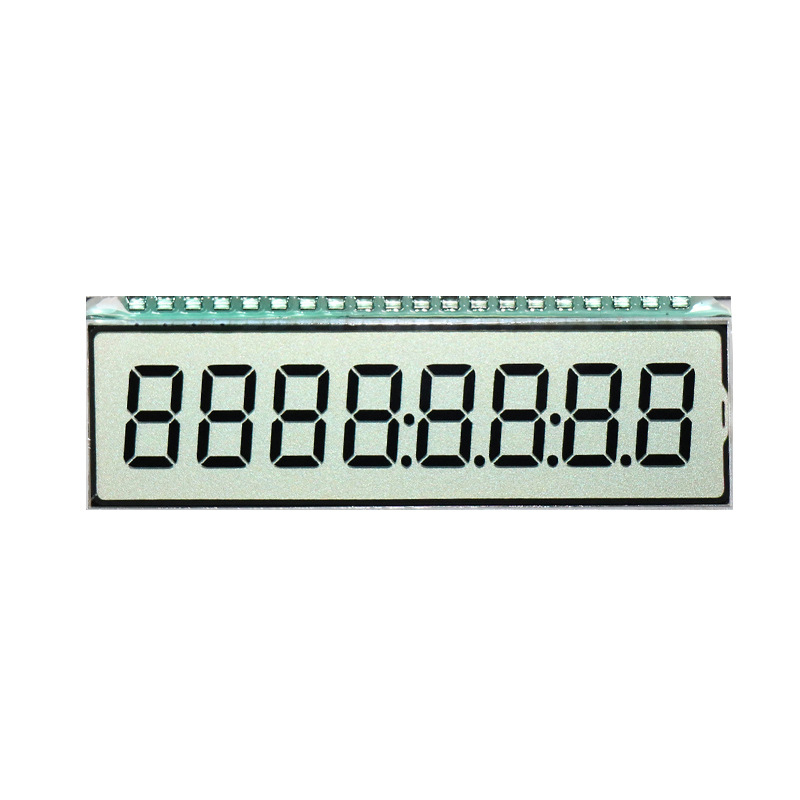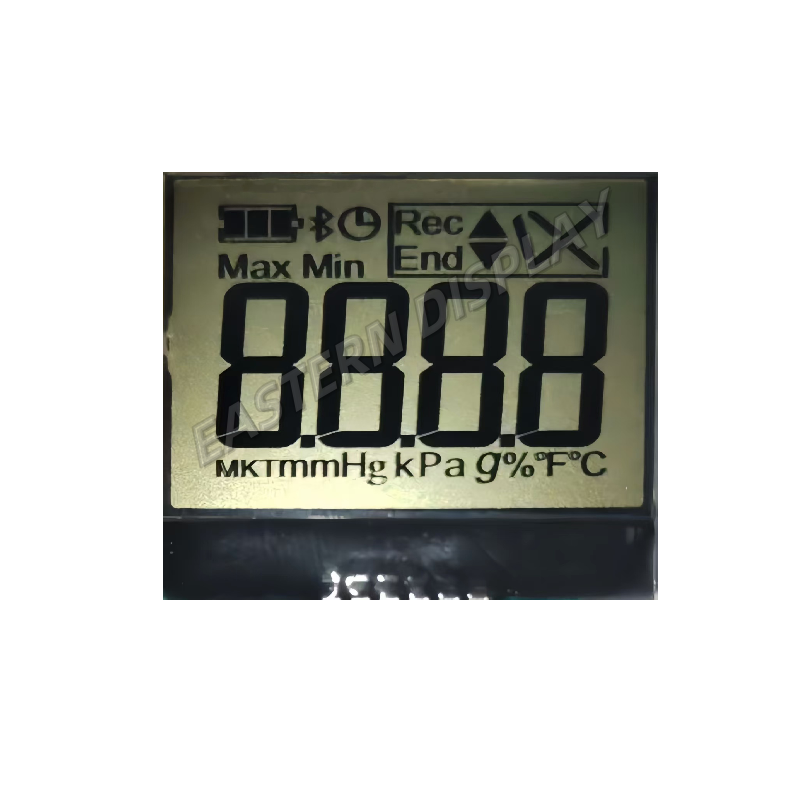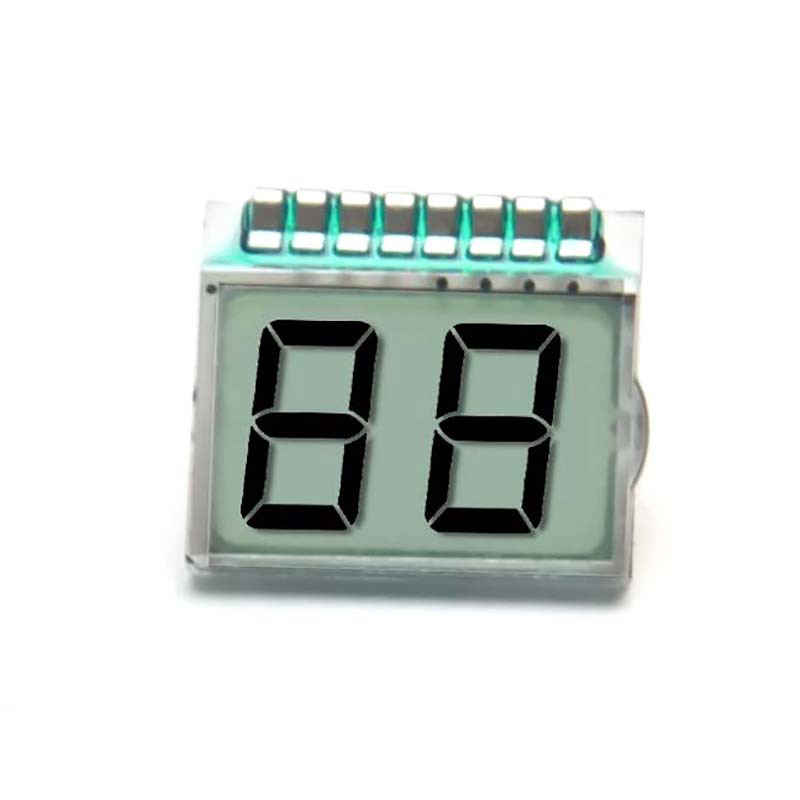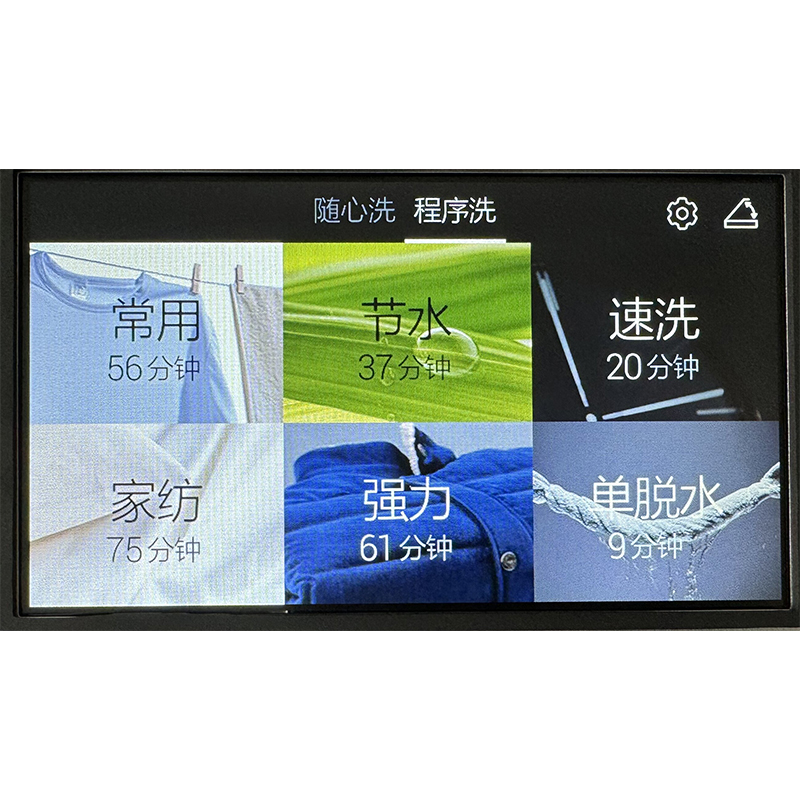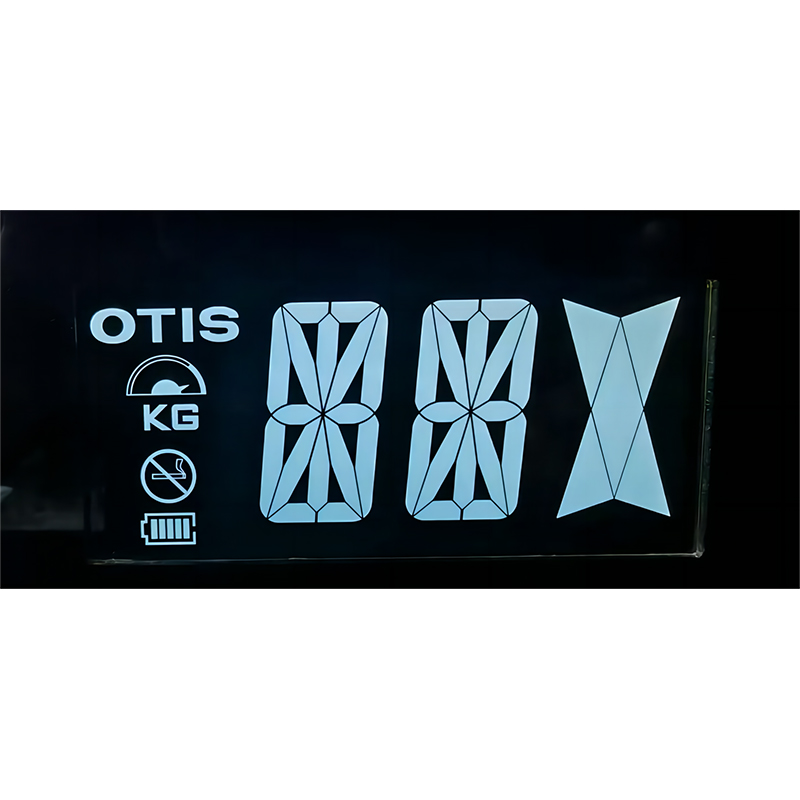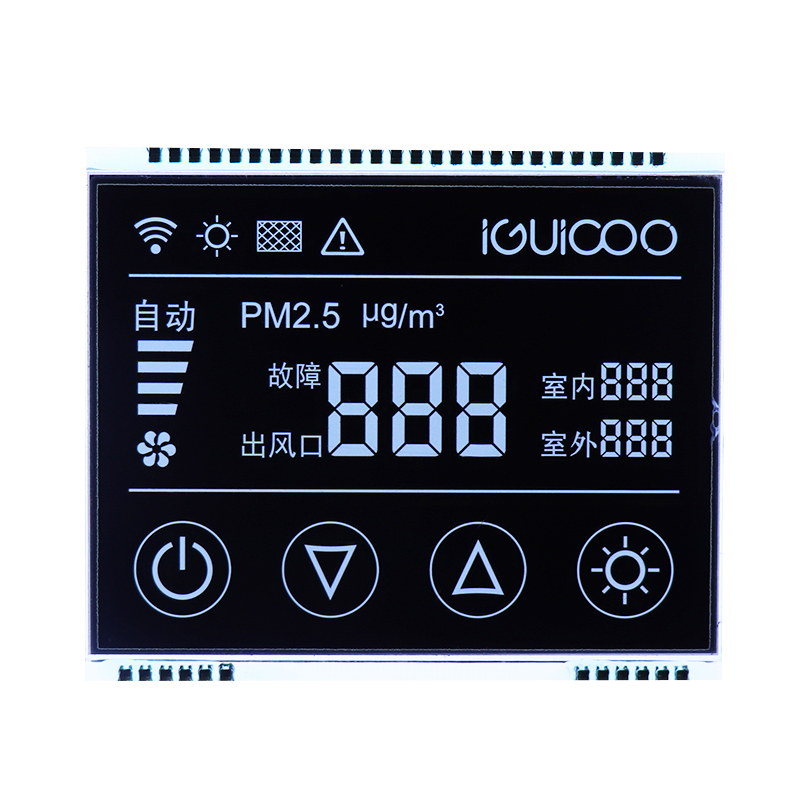
This guide helps businesses navigate the complexities of sourcing AMOLED suppliers, offering insights into selecting the right partner based on specific needs and project requirements. We'll explore key considerations, compare different AMOLED supplier types, and provide practical tips for successful collaboration.
Before diving into the selection process, it's crucial to grasp the fundamentals of AMOLED technology. Active-Matrix Organic Light-Emitting Diodes (AMOLED) are self-emissive displays known for their superior contrast ratios, vibrant colors, and wider viewing angles compared to traditional LCDs. This makes them ideal for a variety of applications, including smartphones, smartwatches, televisions, automotive displays, and even flexible displays. Understanding the specific requirements of your project – resolution, size, brightness, power consumption, and desired features – is paramount in choosing the appropriate AMOLED supplier.
The AMOLED supplier landscape is diverse. You'll encounter large, established manufacturers offering mass production capabilities, smaller, specialized companies focusing on niche applications, and even distributors acting as intermediaries. Each type presents unique advantages and disadvantages:
These manufacturers typically provide high-volume production at competitive prices. However, they might have longer lead times and less flexibility regarding customization. Examples include Samsung Display and LG Display, known for their high-quality and large-scale production capabilities. Their expertise extends across various AMOLED technologies, catering to diverse market demands.
Smaller, specialized companies often excel in providing tailored solutions and quicker turnaround times for smaller projects or niche applications. They might offer more flexibility in design and customization, but potentially at a higher cost per unit.
Distributors act as intermediaries, connecting buyers with various AMOLED suppliers. They offer convenience and can often source a wider variety of options, but potentially at a slightly increased cost. Careful due diligence is crucial when working with distributors to ensure the quality and authenticity of the sourced products.
Choosing the right AMOLED supplier requires careful evaluation of several key factors:
Ensure the AMOLED supplier can meet your production volume requirements and deliver within your project timeline. Confirm their manufacturing capabilities and historical lead times.
Thoroughly investigate the AMOLED supplier's quality control processes and certifications (e.g., ISO 9001). Request samples and conduct thorough testing to validate their quality standards.
Compare pricing from different AMOLED suppliers, taking into account volume discounts and payment terms. Negotiate favorable terms to minimize costs and ensure timely payments.
Assess the AMOLED supplier's commitment to providing technical support and after-sales service. A responsive and helpful support team can be invaluable during project implementation and troubleshooting.
Conduct thorough due diligence before committing to a long-term partnership. This includes verifying the AMOLED supplier's financial stability, reputation, and compliance with relevant regulations. Consider incorporating risk mitigation strategies into your contracts to protect your interests.
The ideal AMOLED supplier will depend on your specific project requirements and budget. Carefully weigh the advantages and disadvantages of different supplier types, conduct thorough due diligence, and focus on establishing a strong, collaborative relationship. Remember to consider factors like production capacity, quality control, pricing, and after-sales support when making your decision.
For high-quality, reliable AMOLED solutions, consider exploring partnerships with companies like Dalian Eastern Display Co., Ltd. They offer a range of display solutions and are well-regarded in the industry.
| Feature | Large-Scale Manufacturer | Specialized Supplier |
|---|---|---|
| Production Capacity | High | Low to Medium |
| Customization | Limited | High |
| Lead Time | Longer | Shorter |
| Cost | Generally Lower | Generally Higher |





